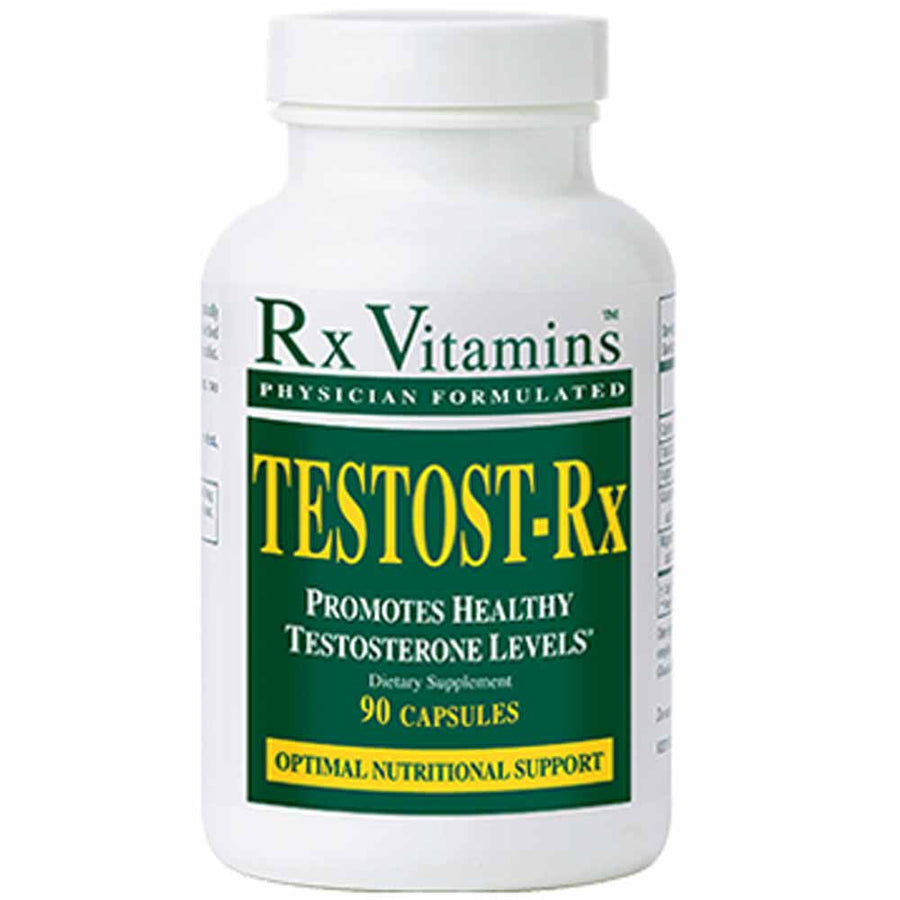
Sunscreen, protective clothing, limited exposure to sunlight, dark skin, and age may prevent getting enough vitamin D from the sun. Vitamin D is made by the body when skin is exposed to sunlight. Vitamin D is used to treat and prevent bone disorders (such as rickets, osteomalacia). It is parathyroid hormone that is responsible for the regulation of such metabolism at the level of the kidneys. There exists a period of 10 to 24 hours between the administration of cholecalciferol and the initiation of its action in the body due to the necessity of synthesis of the active vitamin D metabolites in the liver and kidneys. Conversely, these vitamin D metabolites also assist in mobilizing calcium and phosphate from bone and likely increase the reabsorption of calcium and perhaps also of phosphate via the renal tubules. These vitamin D metabolites subsequently facilitate the active absorption of calcium and phosphorus in the small intestine, serving to increase serum calcium and phosphate levels sufficiently to allow bone mineralization. The first hydroxylation of vitamin D3 cholecalciferol (or D2) occurs in the liver to yield 25-hydroxyvitamin D while the second hydroxylation happens in the kidneys to give 1, 25-dihydroxyvitamin D. The in vivo synthesis of the predominant two biologically active metabolites of vitamin D occurs in two steps.


Vitamin D acts as a hormone and increases reabsorption of Calcium and Phosphorus by the kidneys and increased bone turnover. It is also necessary for utilization of both Calcium and Phosphorus. Vitamin D is essential for normal bone growth and development and to maintain bone density.


 0 kommentar(er)
0 kommentar(er)
